In 1978 a school trip to France took an unexpected turn when a scratch from a stray dog led me to a lot of reading about rabies. Although I didn’t contract the disease (obviously), this experience sparked an interest in microbiology and ultimately led to a career in the field. A personal risk was my inspiration in the 1970s and so it still is today, although my school trips have been replaced by conservation holidays. These trips often take me to parts of the world where the primary concern is not rabies-causing Lyssaviruses, but microbial water quality.
Water quality across the world
During one of those conservation trips, I took part in a study on Asian elephant behaviour in Northern Thailand. Our accommodation was provided by a Karen tribe family in a village with no mains water supply. Water is collected from a mountain spring at the top of the hill into an open tank and flows through pipes down the steep hillside. No treatment is applied. Water for each village property is stored in tall open tanks, usually with about a 1500-litre capacity. The height of the tank encourages the particulates to settle out a little, leaving the water clearer for washing. But for drinking, the families use small-scale filtration devices, typically packed with sand and gravel to remove bacterial and protozoal contaminants. These devices are only capable of filtering a small proportion of a family’s water needs – enough for drinking perhaps, and the overwhelming majority of water used is not treated at all. It’s a simple measure of water quality in any community – what proportion of water arriving in your home requires treatment before you can drink it?
In these Thai communities, less than 5% of water taken from the spring can be treated for drinking and cooking. They simply do not have the capacity to treat more. The local water use cycle is completed by the sewage process. The toilets just discharge directly into the fast-flowing river.
Nearly 60% of Thai households need to treat their water before it is safe to drink, as highlighted by the UN’s report on Thailand’s progress towards Sustainable Development Goal (SDG) 6: ensure access to water and sanitation for all.
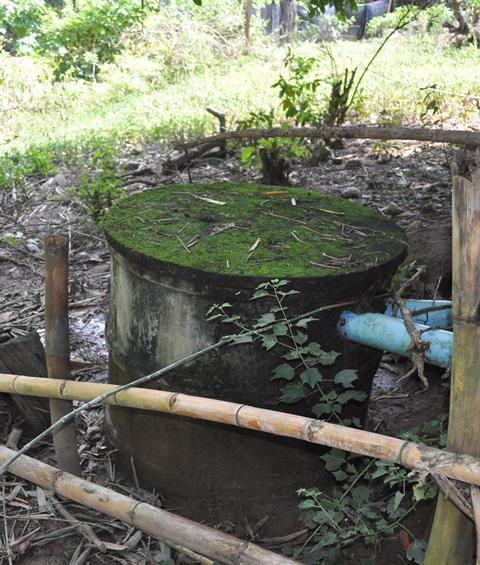
Thailand is not alone in facing water and sanitation challenges, nor is this a problem for low-income nations alone. The 2014 crisis in Flint, Michigan, and the UK’s recent travails on sewage discharges and cryptosporidiosis can attest. The higher-income nations’ travails tend to be the exception, of course, but for those in lower-income nations, safe drinking water is all too often a luxury beyond reach. The UN’s SDG 6 focuses on water and sanitation, and AMI’s Clean Water Advisory Group (CWAG) has responded by forming an international team to make recommendations for action. The group has begun its work and reports will follow soon, but there is an emerging focus from the group on the need for community involvement in clean water and sanitation projects – a top-down approach simply will not work.

How is water quality measured?
Microbial water quality for potable use is a function of three main aspects:
Water source - surface waters exposed to environmental contamination often have a higher risk of faecal contamination compared to underground sources.
Treatment processes– most commonly the application of chemical treatments and/or physical processes, such as sedimentation and filtration.
Storage and Distribution - insecure storage vessels or pipework can lead to contamination with animal waste or pathogens such as Legionella and Pseudomonas aeruginosa. (Although not as much of a problem as the enteric pathogens, these organisms are still significant, and poor storage can still result in enteric contamination, as anyone who inspects storage tanks can verify – I have removed too many dead animals from storage tanks for comfort in my career).
In the higher-income nations, these aspects are well-understood and usually consistently addressed in municipal water sources, but globally, the situation is more complex. For example, in Malawi, UNICEF reports that while 67% of households have access to drinking water, access is uneven, particularly between urban (87%) and rural areas (63%). Many rural households spend significant amounts of time traveling to fetch drinking water, a burden that typically falls on women and children, impacting productivity and children’s well-being.
My 2019 conservation trip to Vwaza in Malawi highlighted these issues, with a single village pump and shared toilet for the entire community of several hundred people.
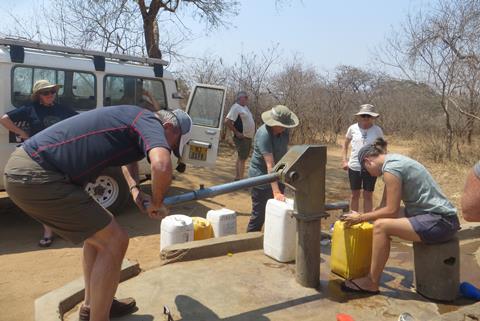
Madagascar faces even graver challenges. According to WaterAid, almost half the population sources their water from ‘dirty rivers’, and around 90% lack well-functioning toilets, leading to frequent diarrhoeal diseases and high child mortality.

In one village I visited, water was drawn from the sole, shallow, and turbid village well into a bucket - far from the UN’s definition of safely managed drinking water. The UN estimates that around 2.2 billion people lack access to safe drinking water, and a similar number lack basic handwashing facilities. For sanitation, the situation is worse, with 3.5 billion lacking safely managed sanitation facilities. There was no water supply for washing except the local river, a crowded area on wash day.
The link between water and disease has been recognised for nearly two centuries. Despite this, the current global water situation remains dire, further exacerbated by chemical contamination.
For example, In the Bay of Bengal basin, water supplies in Indian and Bangladeshi communities are heavily contaminated with arsenic, in its most toxic +3 oxidation state.
As historically used surface waters became polluted by human activity, local communities sought water from shallow wells. Unfortunately, these wells contained arsenic far exceeding the safe limit of 10ppb/L. The consequences for these communities have been devastating.
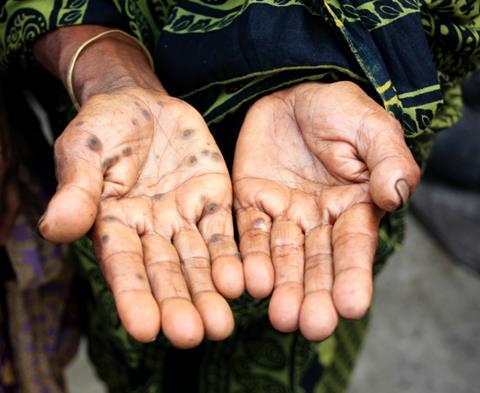
What can we do to improve things?
The UN’s SDG 6 includes eight targets, ranging from clean drinking water and sanitation for all, to pollution reduction and international cooperation. Two goals emphasise capacity-building support for developing countries and community involvement in water management.
This last point formed the focus of AMI CWAG’s first meetings in 2023. A clear consensus emerged among our group members –
Community involvement is essential for effective water and sanitation projects. A top-down approach simply will not work. Instead, providing support together with resources for action directly to communities has the best potential for bringing about real change.
To mark World Water Day on March 22, 2025, AMI/the CWAG team is proposing to host a webinar with a strong focus on participation by scientists and representatives from developing nations. We want to build a global network to help establish safe, managed drinking water supplies.
This article was prepared with the help of CWAG members Elitsa Penkova and Robin Thorn.

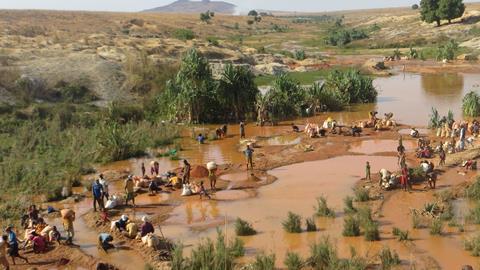

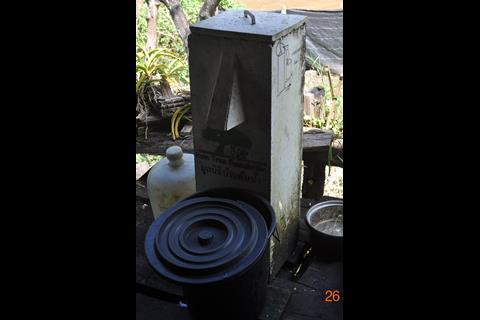
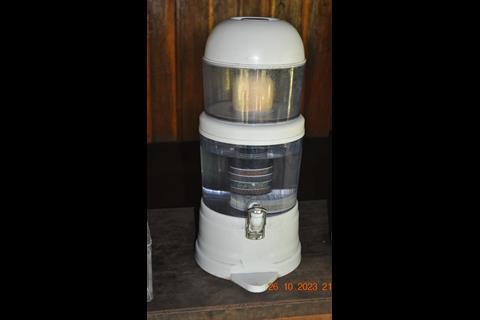
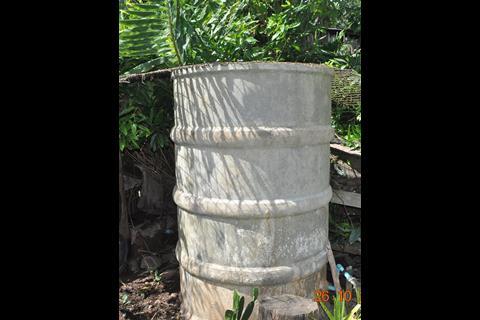








No comments yet